Archives
- 2025-12
- 2025-11
- 2025-10
- 2025-09
- 2025-03
- 2025-02
- 2025-01
- 2024-12
- 2024-11
- 2024-10
- 2024-09
- 2024-08
- 2024-07
- 2024-06
- 2024-05
- 2024-04
- 2024-03
- 2024-02
- 2024-01
- 2023-12
- 2023-11
- 2023-10
- 2023-09
- 2023-08
- 2023-07
- 2023-06
- 2023-05
- 2023-04
- 2023-03
- 2023-02
- 2023-01
- 2022-12
- 2022-11
- 2022-10
- 2022-09
- 2022-08
- 2022-07
- 2022-06
- 2022-05
- 2022-04
- 2022-03
- 2022-02
- 2022-01
- 2021-12
- 2021-11
- 2021-10
- 2021-09
- 2021-08
- 2021-07
- 2021-06
- 2021-05
- 2021-04
- 2021-03
- 2021-02
- 2021-01
- 2020-12
- 2020-11
- 2020-10
- 2020-09
- 2020-08
- 2020-07
- 2020-06
- 2020-05
- 2020-04
- 2020-03
- 2020-02
- 2020-01
- 2019-12
- 2019-11
- 2019-10
- 2019-09
- 2019-08
- 2019-07
- 2019-06
- 2019-05
- 2019-04
- 2018-07
-
br Introduction The term antioxidant derives from the preven
2024-05-16

Introduction The term antioxidant derives from the prevention of the oxygen consumption. In the late of 19th centuries, antioxidants were generally used in industrial processes such as against to metal corrosion, vulcanization of rubber. Later on, the use of antioxidants to prevent the rancidity
-
Previous studies demonstrate that chiral biointerface has gr
2024-05-16
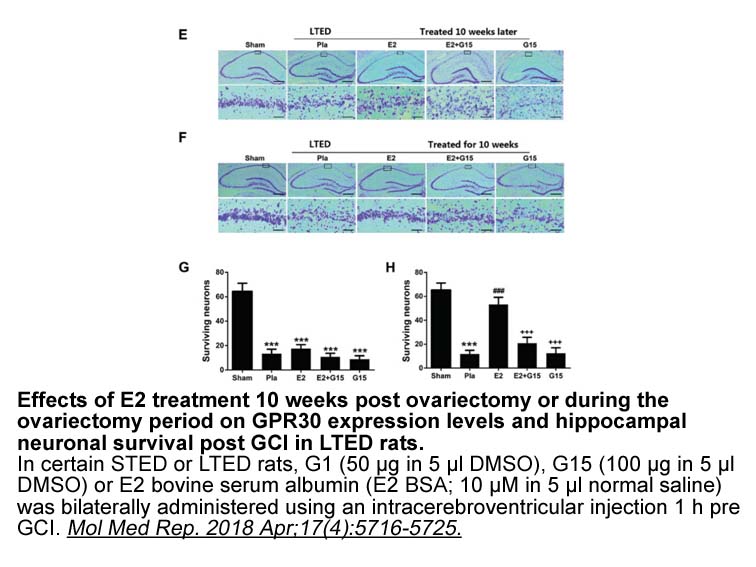
Previous studies demonstrate that chiral biointerface has great influence on cells adhesion and proteins adsorption [39], [40], [41], [42], [43], which inspired us to further develop antimicrobial materials or surfaces by taking advantage of the “chiral taste” of microbes. L-borneol is a hydrophobic
-
br Materials and methods br Results br
2024-05-16
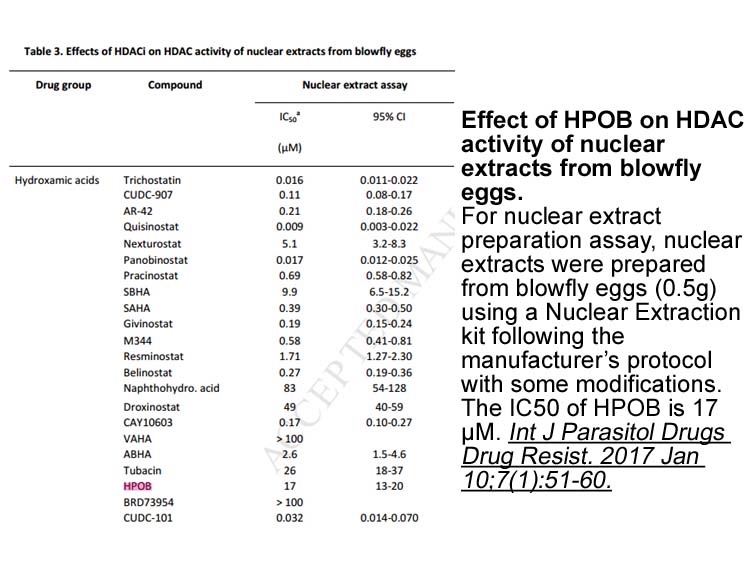
Materials and methods Results Discussion Intracellular metabolic pathways of sugar, such as glycolysis and TCA cycle, provide material and energy for the synthesis of other substances, including amino acids. Thus, the content of sugars and their metabolic pathways are important for amino PL
-
br Conclusion br Conflict of
2024-05-16

Conclusion Conflict of interest Introduction Oral cancer may originate from lips, lower and upper alveolar ridges, hard palate, sublingual region, buccal mucosa, anterior two-thirds of the tongue as well as retromolar trigone and floor of the mouth (World Health Organization, 2013). As the
-
Ranolazine The anorexic effect observed when AR
2024-05-16
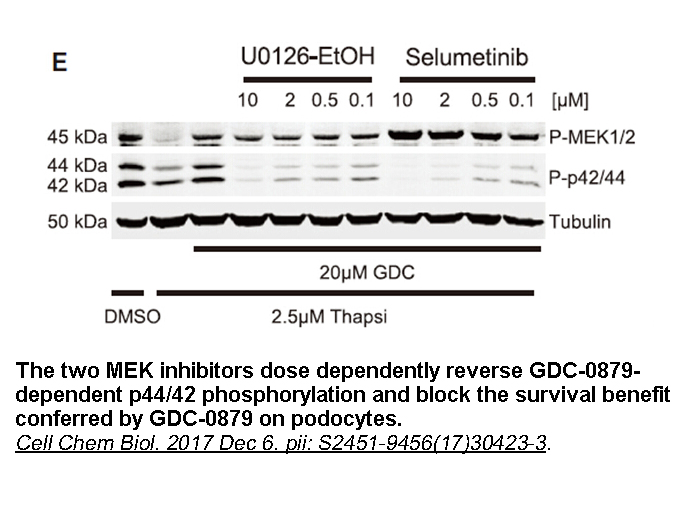
The anorexic effect observed when AR231630 is infused into the VTA could be the result of the DA release inhibition, as previously described [11]. However, there is also a hedonic aspect in feeding that possibly involves dopaminergic mechanisms of reward. Helm et al. showed a functional link between
-
NLX a k a F or befiradol exhibits
2024-05-16
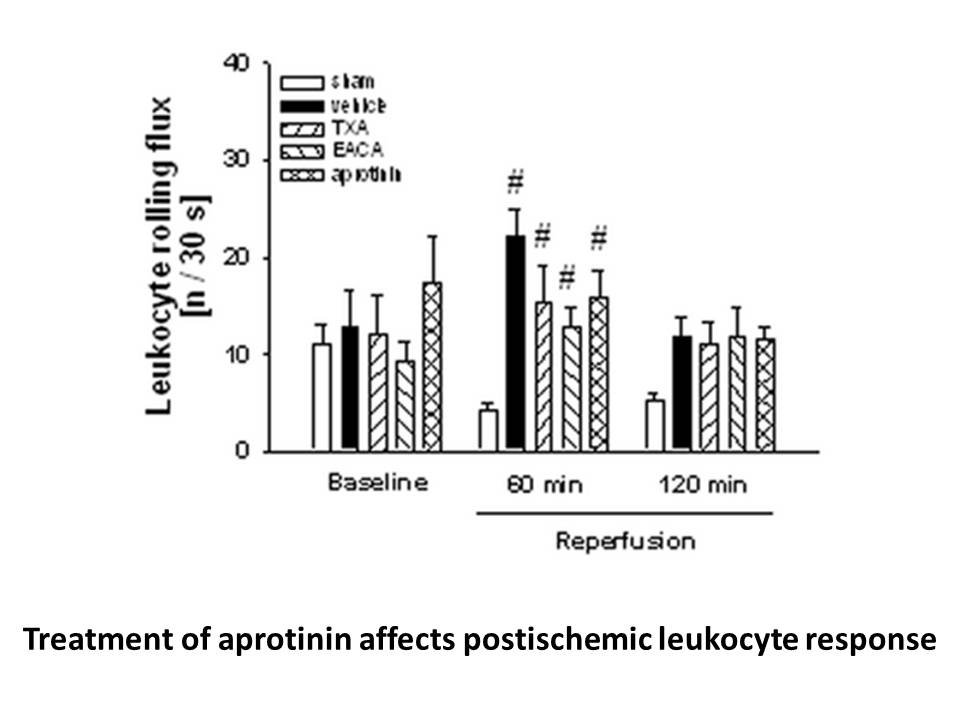
NLX-112 (a.k.a. F13640 or befiradol), exhibits nanomolar affinity at 5-HT1A receptors, and, in Rizatriptan Benzoate to the 5-HT1A receptor agonists listed above, it presents exceptional selectivity and high efficacy at these receptors (Colpaert et al., 2002, Newman-Tancredi et al., 2017). Additional
-
tlr signaling Introduction Myasthenia gravis MG is an autoim
2024-05-15

Introduction Myasthenia gravis (MG) is an autoimmune disorder characterized by muscle weakness, which is mainly due to autoantibodies reducing the number or function of postsynaptic tlr signaling receptors (AChRs) [1], [2]. Animal models have been developed to uncover the immunopathogenesis of MG.
-
Finasteride has been shown to be a mechanism based
2024-05-15
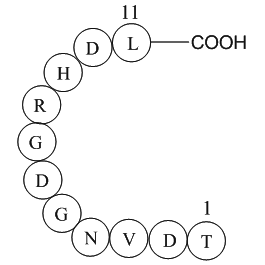
Finasteride has been shown to be a mechanism-based inhibitor of 5AR-2 [9]. Finasteride acts as an alternate substrate for 5AR-2 and is initially bound in an extremely stable enzyme-bound NADP-dihydrofinasteride adduct which is ultimately processed to dihydrofinasteride. The NADP-dihydrofinasteride a
-
Inhibitors of mPGES are considered
2024-05-15

Inhibitors of mPGES-1 are considered as safe alternative to NSAIDs in the treatment of chronic inflammatory diseases that are characterized by excessive PGE2 production (Bahia et al., 2014; Khurana and Jachak, 2016; Koeberle et al., 2016; Korotkova and Jakobsson, 2014; Norberg et al., 2013; Psarra e
-
These results from the present study
2024-05-15
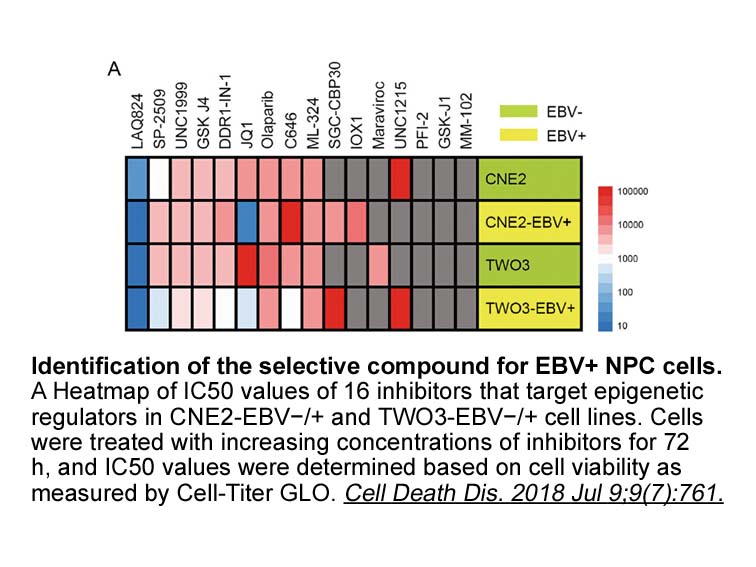
These results from the present study are summarized in Table 1. Eight drugs (doxorubicin, epirubicin, daunorubicin, idarubicin, irinotecan, imatinib, sunitinib and gefitinib) inhibited 5-HT-induced 5-HT3A and 5-HT3AB currents; three (irinotecan, topotecan and mitoxantrone) showed different responses
-
NOXA a member of the pro apoptotic B cell lymphoma
2024-05-15

NOXA, a member of the pro-apoptotic B-cell lymphoma 2 (BCL-2) family, plays a vital role in regulating mitochondrial or inherent apoptotic pathways [7,8]. NOXA binds to MCL-1 with high affinity and interacts with A1 (known as BCL2A1), resulting in BIM release to trigger subsequent apoptosis [9]. In
-
Ryoichi et al modified potent clinical
2024-05-15
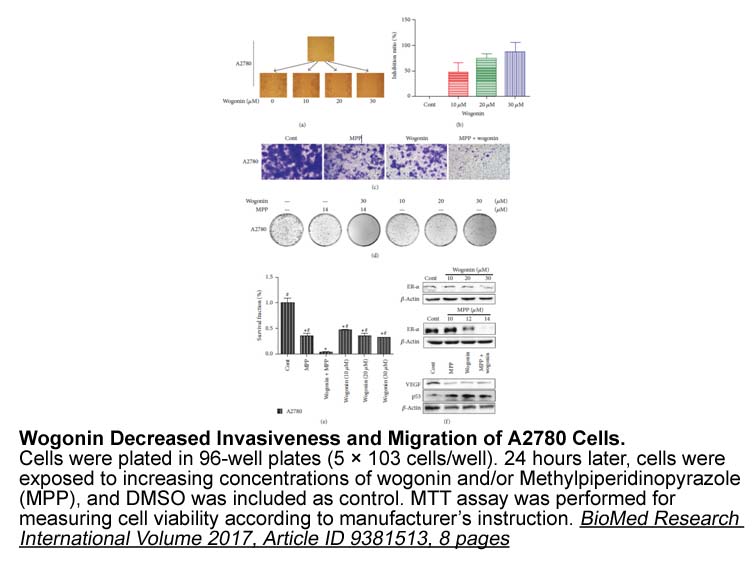
Ryoichi et al. modified potent clinical candidate VX-680 (6) with 3-cyano-6-(5-methyl-3-pyrazolamino)pyridine as Aurora kinase inhibitor. Substituted cyano pyridine derivative (7) inhibited proliferation of HCT-116 cells with an IC50 value of 115 nM. It showed tumor inhibition in mice model at a dos
-
In this paper we described synthesis biological evaluation
2024-05-15

In this paper, we described synthesis, biological evaluation and docking study of 3-aroyl-1-(4-sulfamoylphenyl)thiourea derivatives 4a–o as 15-lipoxygenase inhibitors. Results and discussion Conclusion We designed and synthesized a novel of thiourea derivatives containing phenylsulfonamide mo
-
br Materials and Methods br Results br Discussion
2024-05-15

Materials and Methods Results Discussion 15-HETE is a predominant eicosanoid in pulmonary vascular remodeling, and it could promote hypoxia-induced PAH via its involvement in the regulation of proliferation and cell cycle progression in PASMCs. To understand its role in HPH, we have previou
-
shows the complexes resulting from interaction of the propos
2024-05-15
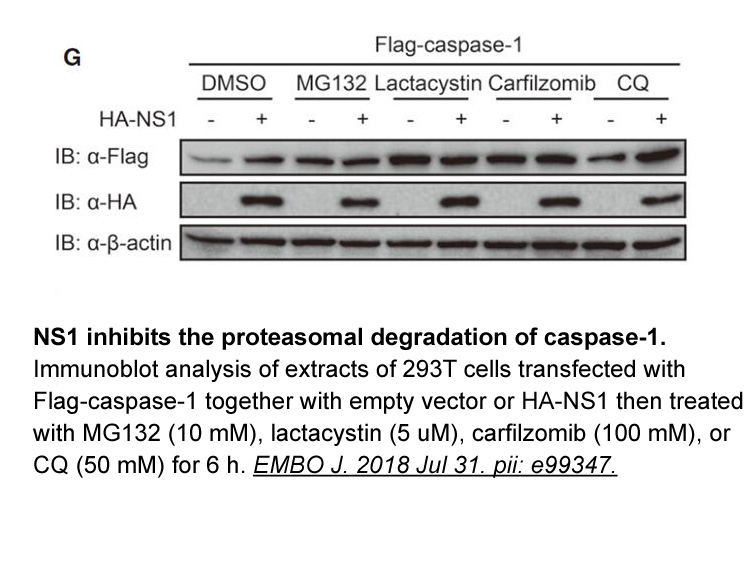
shows the complexes resulting from interaction of the proposed anion receptors with the anions F, Cl, NO, and SO. No imaginary frequency was observed for the optimized complexes indicating the complexes are in potential minima and they are not transition state structures. summarizes the calculated
15531 records 156/1036 page Previous Next First page 上5页 156157158159160 下5页 Last page